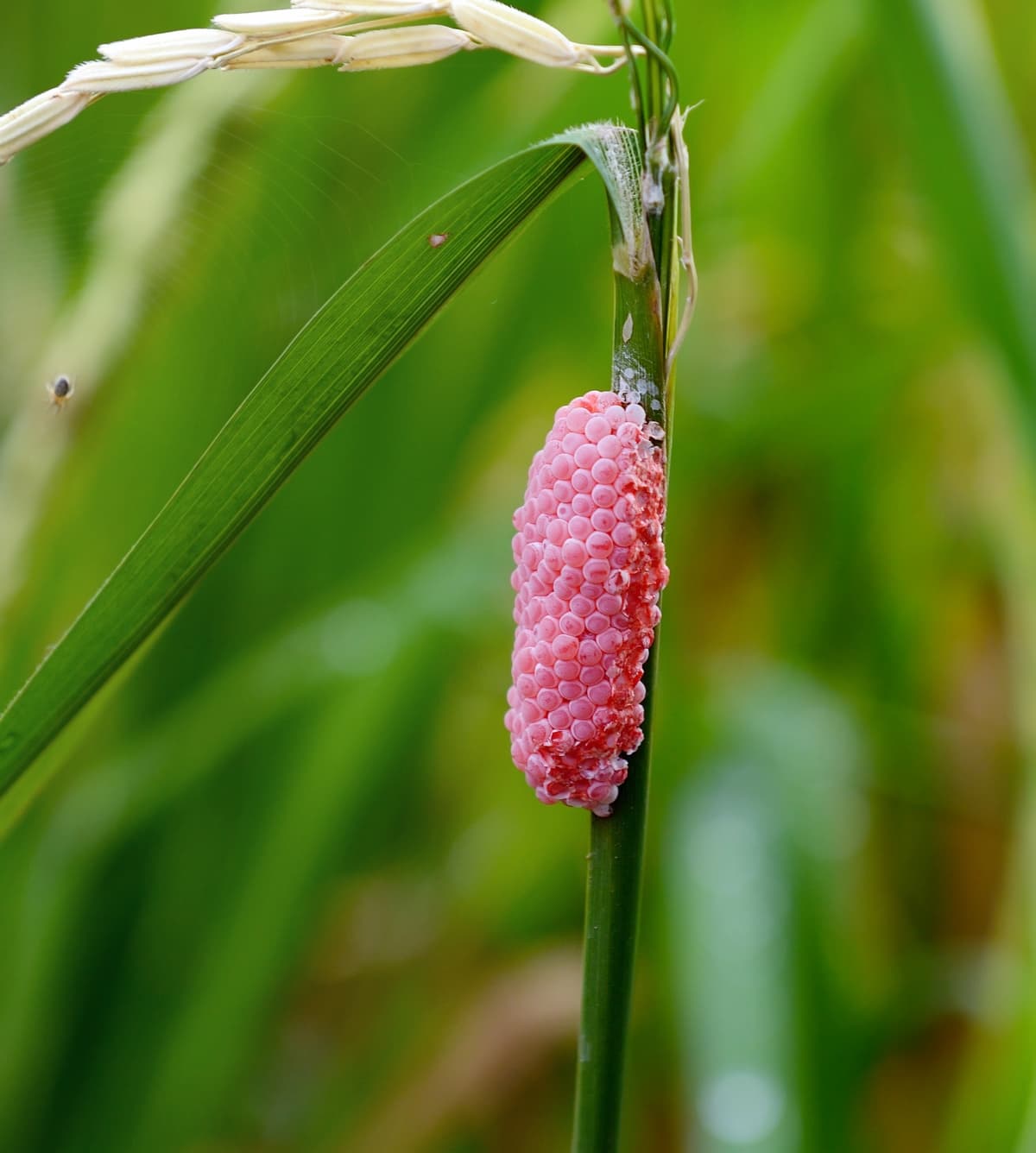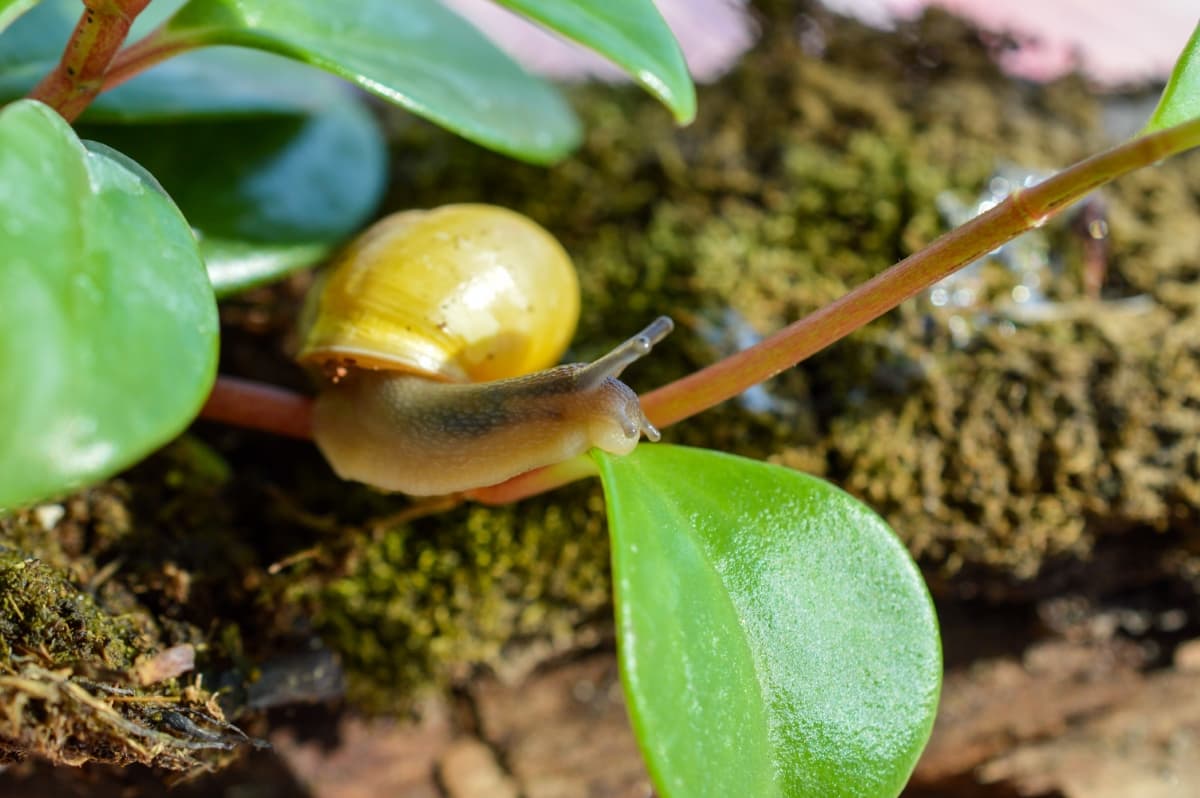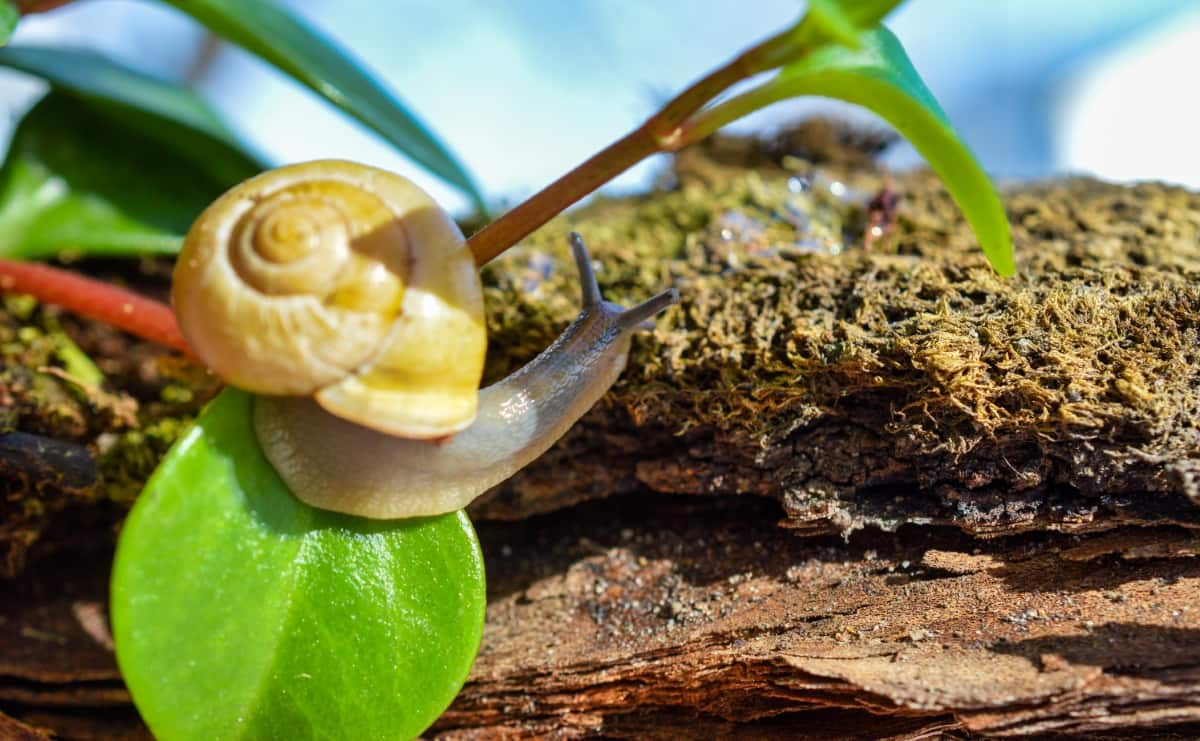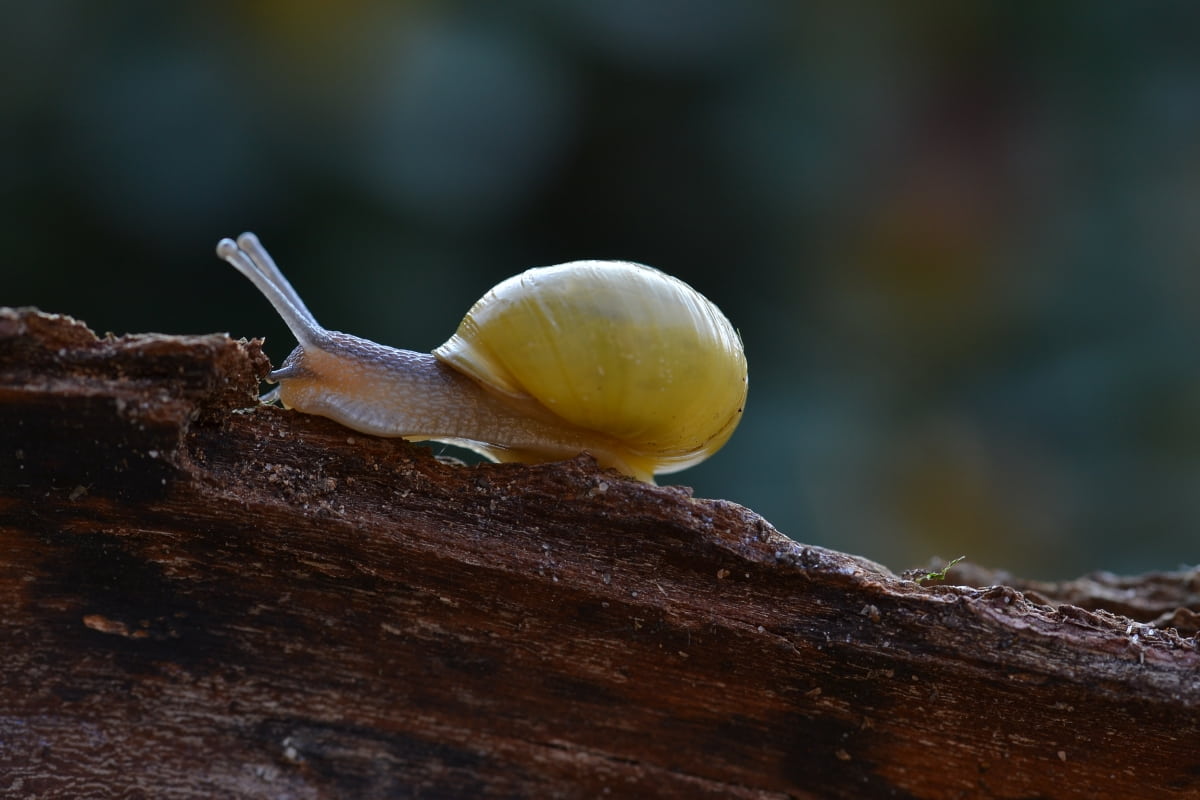Apple snails (Pomacea spp.) are aquatic snails that can become a nuisance in gardens and water bodies. These snails lay eggs in clusters above the waterline, which can hatch into large populations if left unchecked. If you’re dealing with apple snail eggs in your garden, it’s important to take action to prevent their breeding and infestation. In this guide, we’ll explore various methods and remedies for eliminating apple snail eggs and managing their populations.

How to Get Rid of Apple Snail Eggs
Apple Snail Eggs: What are they?
Apple snail eggs are small, round, gelatinous clusters laid above the waterline by adult apple snails. These eggs are typically pinkish or brownish and can contain hundreds of individual eggs. Each cluster measures about the size of a quarter and can be found attached to plants, rocks, or other surfaces near the water’s edge. It’s crucial to identify and remove these eggs to prevent the hatching of a large number of apple snails.
Manual Removal
One effective method to control apple snail eggs is through manual removal. Using gloves, carefully scrape the egg clusters off surfaces and dispose of them in a sealed bag or in a manner that prevents their reintroduction to the water. Regularly inspecting and removing eggs can significantly reduce the population and prevent infestations from occurring.
Chemical Treatments
Chemical treatments can be used to control apple snail eggs, but caution must be exercised to avoid harming other aquatic life. Copper-based products, such as copper sulfate, can be applied to the water around the egg clusters to prevent hatching. These treatments should be used sparingly and according to the product instructions to minimize environmental impact.
Natural Predators
Introducing natural predators of apple snails can help control their populations. Ducks, certain species of fish, turtles, and some aquatic insects, like water bugs, can feed on snail eggs and young snails. By creating a habitat that attracts these predators, such as providing suitable vegetation and water conditions, you can encourage a balanced ecosystem that keeps apple snail populations in check.
Environmental Adjustments
Modifying the environment can discourage apple snails from laying eggs in your garden. Maintaining water levels to prevent prolonged exposure of the shoreline, removing excess vegetation, and minimizing the presence of floating debris can make the area less attractive to snails for breeding. Regular maintenance of water bodies and maintaining proper water flow can help deter snails from establishing populations.
In case you missed it: How to Get Rid of Slugs and Snails in Lawn Naturally: Control and Treatment

Barriers and Repellents
Physical barriers can be effective in preventing apple snails from accessing plants and laying eggs. Installing fences or mesh barriers around vulnerable areas can keep snails out. Applying repellents, such as diatomaceous earth or crushed eggshells, around plants can create an unfavorable environment for snails and deter them from laying eggs.
Biological Methods
Using biological control agents can be an eco-friendly approach to managing apple snail populations. Certain microscopic organisms, like nematodes or bacteria, can target and infect apple snail eggs, reducing their viability. Consult with local agricultural extension services or experts to identify suitable biological control options for your specific area.
Habitat Modification
Modifying the habitat to create conditions unfavorable for apple snails can help control their populations. For example, introducing floating plants or structures that provide shade and cover can limit the amount of sunlight reaching the water’s surface, making it less attractive for snail egg laying. Creating a diverse and balanced aquatic ecosystem can help naturally regulate snail populations.
Preventive Measures
Prevention is key to avoiding apple snail infestations. Inspect new plant additions to your garden for any signs of snail eggs, and promptly remove and dispose of them. Avoid introducing apple snails or plants containing their eggs into your garden. Regularly clean and maintain water bodies, removing excess vegetation and debris that can attract snails.
Monitoring and Surveillance
Regularly monitoring your garden and water bodies for signs of apple snail eggs is crucial for early detection and intervention. By staying vigilant and promptly removing any egg clusters found, you can prevent a population explosion and keep the snail numbers under control.
In case you missed it: Neem Oil for Slugs and Snails Control in the Garden: A Natural and Organic Approach

Tips, Treatments, and Remedies for Apple Snail Eggs in the Garden
Manual Removal: One of the simplest, most effective methods to control apple snail eggs is manual removal. Using gloves, carefully scrape off the egg clusters from surfaces near the waterline. Dispose eggs in a sealed bag or destroy them to prevent reintroduction to the environment. Regular inspections and removal can significantly reduce the population and prevent infestations.
Chemical Treatments: Chemical treatments used to control apple snail eggs, but caution must be exercised to avoid harm to other aquatic life. Copper-based products, such as copper sulfate, can be applied to the water around the egg clusters to prevent hatching. However, it’s important to follow the product instructions carefully to minimize environmental impact.
Natural Predators: Introducing natural predators of apple snails can help control their populations. Ducks, certain species of fish, turtles, and some aquatic insects, like water bugs, can feed on snail eggs and young snails. By creating a habitat which attracts predators, you can encourage a balanced ecosystem that keeps apple snail populations in check.
Environmental Adjustments: Modifying the environment can discourage apple snails from laying eggs in your garden. Maintaining water levels to prevent prolonged exposure of the shoreline, removing excess vegetation, and minimizing floating debris can make the area less attractive to snails for breeding. Regular maintenance of water bodies and proper water flow can help deter snails from establishing populations.
Barriers and Repellents: Physical barriers can prevent apple snails from accessing plants and laying eggs. Installing fences or mesh barriers around vulnerable areas can keep snails out. Applying repellents like diatomaceous earth or crushed eggshells around plants can create an unfavorable environment for snails and deter them from laying eggs.
Biological Control: Using biological control agents can be an eco-friendly approach to managing apple snail populations. Certain microscopic organisms, like nematodes or bacteria, can target and infect apple snail eggs, reducing their viability. Consult with local agricultural extension services or experts to identify suitable biological control options for your specific area.
Habitat Modification: Modifying the habitat can create conditions unfavorable for apple snails. Introducing floating plants or structures that provide shade and cover can limit the amount of sunlight reaching the water’s surface, making it less attractive for snail egg laying. Creating a diverse and balanced aquatic ecosystem can help naturally regulate snail populations.
In case you missed it: How to Get Rid of Darkling Beetles: Control Management of Darkling Beetles

Conclusion
To effectively manage apple snail eggs in your garden, implement timely treatment and remedies. By promptly removing egg clusters, applying natural deterrents, maintaining a clean environment, you can protect your plants and mitigate the impact of these invasive pests.
Note: The images presented in this post are intended solely for representation purposes. The images are meant to serve as visual aids and should not be relied upon as accurate representations of their real-life counterparts.
- Beneficial Insects in Pest Management
- Natural Solutions for Pest Control in Flower Gardens
- Types of Fungicides Used in Agriculture
- Common Issues in the Fruit Development Stage of Pomegranate Farming
- Fruit Development Issues in Papaya: Easy Solutions and Treatment
- Soil-Borne Diseases and How to Protect Your Plants
- Practices to Prevent Disease Spread in the Garden
- From Wilted to Thriving: How to Treat Root Rot Naturally in Houseplants
- Natural Remedies to Cure Brown Spots on Fig Tree Leaves